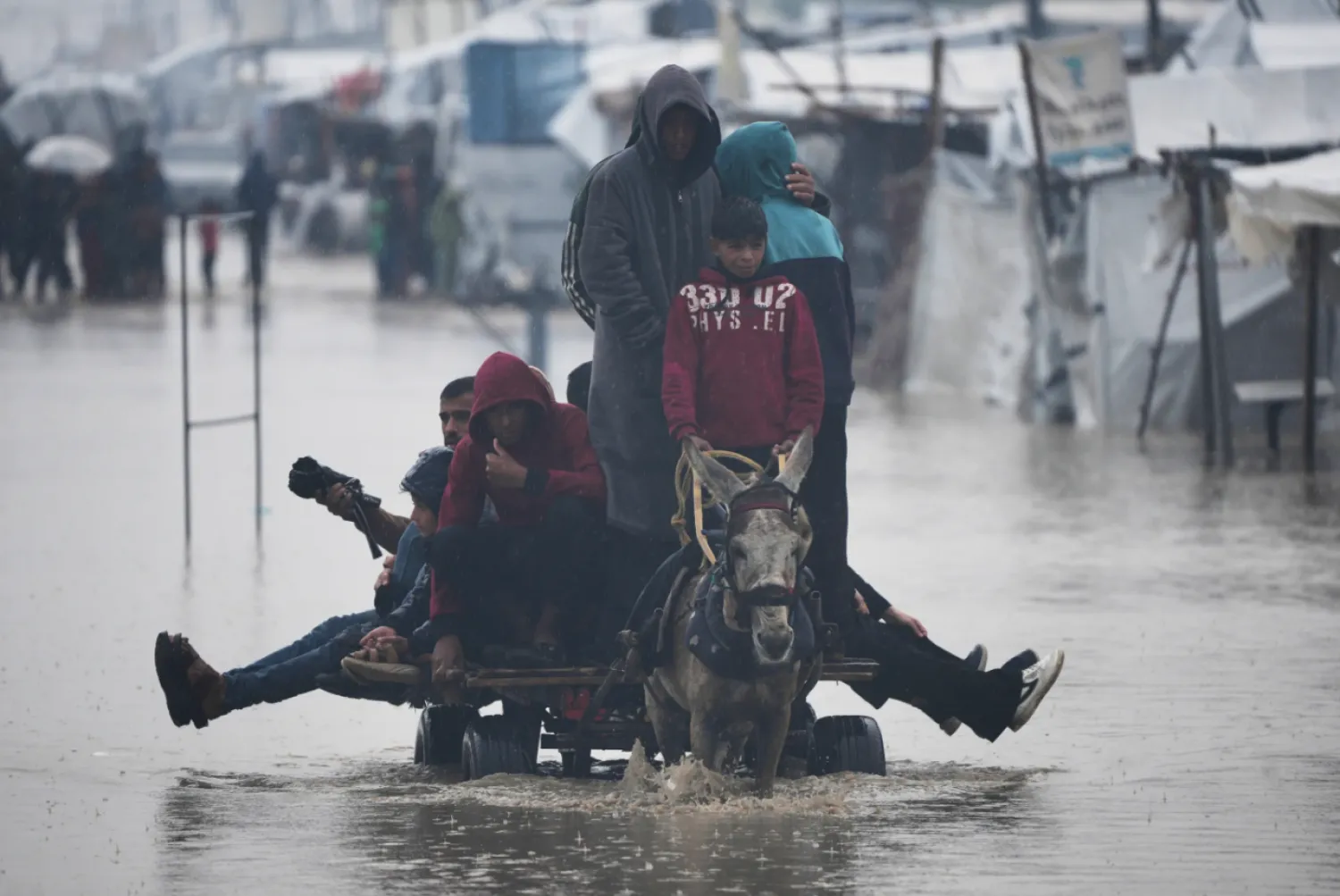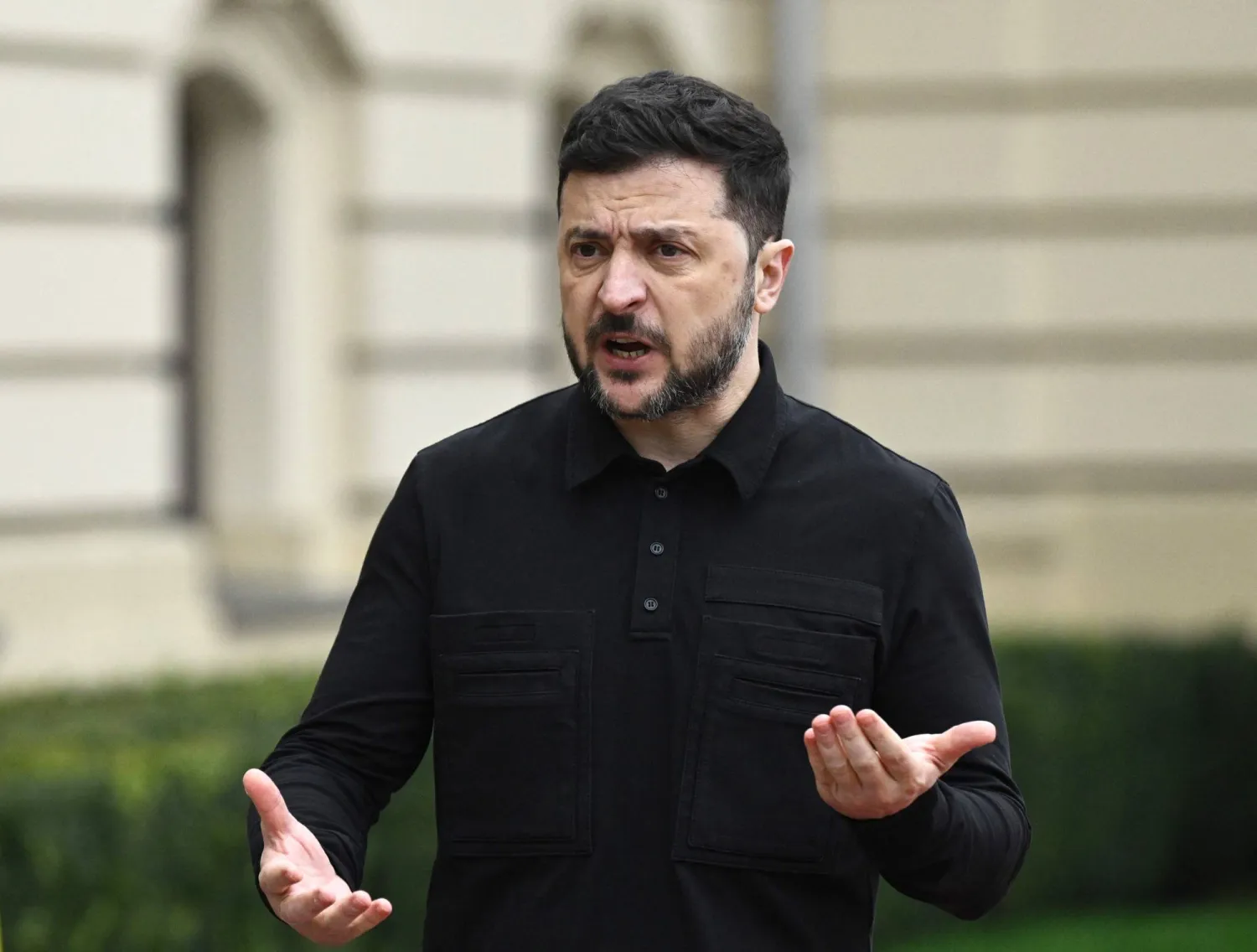In the face of the stability of the “borderlines” between the three Syrian zones of influence for two years, the continuation of the political stalemate and the emergence of a global energy crisis, a set of ideas is being circulated aimed at turning Syrian oil into a point of consensus between the players and an “entry point to break the deadlock”. This can be achieved through understandings that lead to an increase in oil production to about 500,000 barrels per day within three years to provide about 20 billion US dollars annually, distribute the revenues for the benefit of all Syrians, and support “early recovery” projects in accordance with the international resolution on humanitarian aid.
'Warlords'
After the eruption of the conflict in 2011, Western countries imposed sanctions on the Syrian oil sector, and foreign companies, which were producing about 400,000 barrels per day, left the country.
Currently, the Syrian Democratic Forces, with the support of the US-led coalition, control a quarter of Syria's area, but significantly 90 percent of the oil and more than half of the gas.
Syrian Oil Minister Bassam Tohme said a few days ago that the oil sector's losses since the beginning of the crisis amounted to $91.5 billion. He revealed that the direct losses to equipment in the oil sector amounted to 19.3 billion dollars, "of which 3 billion are the value of damages inflicted by the international coalition's strikes."
The indirect losses amounted to 72 billion dollars. The minister said the daily production of oil last year amounted to 89,000 barrels, the majority of which took place in Kurdish-controlled areas and is described by Tohme as “stolen”.
Since early 2017, the SDF has taken over oil fields east of the Euphrates River and their infrastructure owned by contracts with the government by foreign companies, including Gulfsands, Total, and Shell. Oil wells and facilities were also cordoned off. The Autonomous Administration of the SDF uses some of the production locally. Mediators and warlords transfer some of the oil to government areas to refine an amount and keep the other. Oil is also smuggled into Iraqi Kurdistan, for local consumption or for smuggling to Turkey. Oil is sold at very low prices, and wells are damaged
'Oil protection'
On October 6, 2019, Republican Senator Lindsey Graham played a role in persuading President Donald Trump to keep 900 members of the US military in eastern Syria, after his decision to withdraw from the border with Turkey. Trump later said that "a small number of soldiers will remain in the areas that contain oil," stressing that "we have ensured the security and protection of oil."
In July 2020, Graham, who is close to Trump, announced before Congress that SDF commander Mazloum Abdi informed him of the signing of an agreement with the American company Delta Crescent Energy to invest in oil after obtaining an exception from the Treasury Department (which was not extended by the administration of Joe Biden).
He added: "The American company will work to improve the feasibility of the oil fields to make them more productive. It makes sense that, rather than just writing checks, we should help people help themselves." Meanwhile, then Secretary of State Mike Pompeo said that "the agreement took more time than expected" and aims to "modernize oil."
The situation embarrassed the Syrian Ministry of Defense, which said that "Syrian oil belongs to the Syrian people, and we remain committed to the unity and territorial integrity of Syria." It added that "the United States government does not own, control, or manage the oil resources in Syria, and the population in areas liberated from ISIS make their own decisions regarding local governance."
After that, US Defense Secretary Mark Esper announced: "We are taking measures to strengthen our position in Deir Ezzor to prevent ISIS access to the oil fields." The Pentagon confirmed sending reinforcements and mechanisms to protect the oil fields, so that about 500 soldiers remained east of the Euphrates, with an increase in the number and quality of military equipment to provide protection for the oil wells.
'Quadruple rage'
The oil agreement, brokered by the US, was widely criticized by Damascus, Moscow, Tehran and Ankara as "political recognition of the Kurdish administration". They said it "contradicts the understanding of the guarantors of Astana, Russia, Iran and Turkey, to oppose any separatist agenda in Syria." Moscow considered it "a theft of Syrian wealth." It also angered foreign companies that hold sovereign rights in the oil fields.
Among those companies is Gulfsands, which had signed a contract with the Syrian government in 2003 to invest and develop Block 26 east of the Euphrates. According to its 2019 Annual Report, unauthorized production since early 2017 has been around 20,000 barrels a day, meaning that around 35 million barrels have been produced since then. Gulfsands expressed "concern" about this unlawful activity, and particularly the involvement of Delta Crescent Energy.
Profits...and ideas
According to experts' estimates, the Autonomous Administration receives 16 dollars per barrel, and 15 dollars goes to the Syrian government. The rest, which could amount to up to 50 dollars per barrel, is "lost" and ends up in the hands of war profiteers.
It is again reported in the Gulfsands Annual Report that Block 26 could, with appropriate investment, be increased in production from 20,000 to 100,000 barrels per day. If this could be replicated across the region, it could mean an industry that produces 500,000 barrels per day which at todays' high oil prices could raise round 18 billion dollars of gross revenue per year.
Challenges
Rebuilding the Syrian oil industry this way faces many obstacles. It would need agreement between the Autonomous Administration of North and East Syria and Damascus and also require international support. In particular, this project requires political understandings between the US, which imposes sanctions on the oil sector, and Russia, which accuses Washington of "stealing oil."
Some experts suggest the establishment of a structure that falls within the context of UN envoy Geir Pedersen's proposal for "step-for-step" measures, to include aspects of financing "early recovery" projects under the new Security Council resolution for humanitarian aid drafted by Washington and Moscow, and providing new sources of relief funding from Syria. Significantly, the European Union had in the past 11 years allocated 25 billion euros to Syrians, 14 billion dollars from America, and 3.7 billion pounds from Britain. A fully functioning and revitalized oil industry could exceed these contributions.
The proposal suggests a formal structure of specially selected and audited service providers, such as. returning foreign oil companies, preferred oil traders, and financiers who, in exchange for sanctions exemptions and approvals, would ensure full transparency and accountability for the exploration, development, production, marketing and sale of oil and gas through established international channels.
There is no doubt that such an initiative is ambitious and would need to navigate international sanctions, as well as provide transparency and benefits for all participants to them to have confidence in its implementation and provide their support. However, the prize is huge, particularly for the Syrian people, and surely is worth attention and consideration from all sides.









